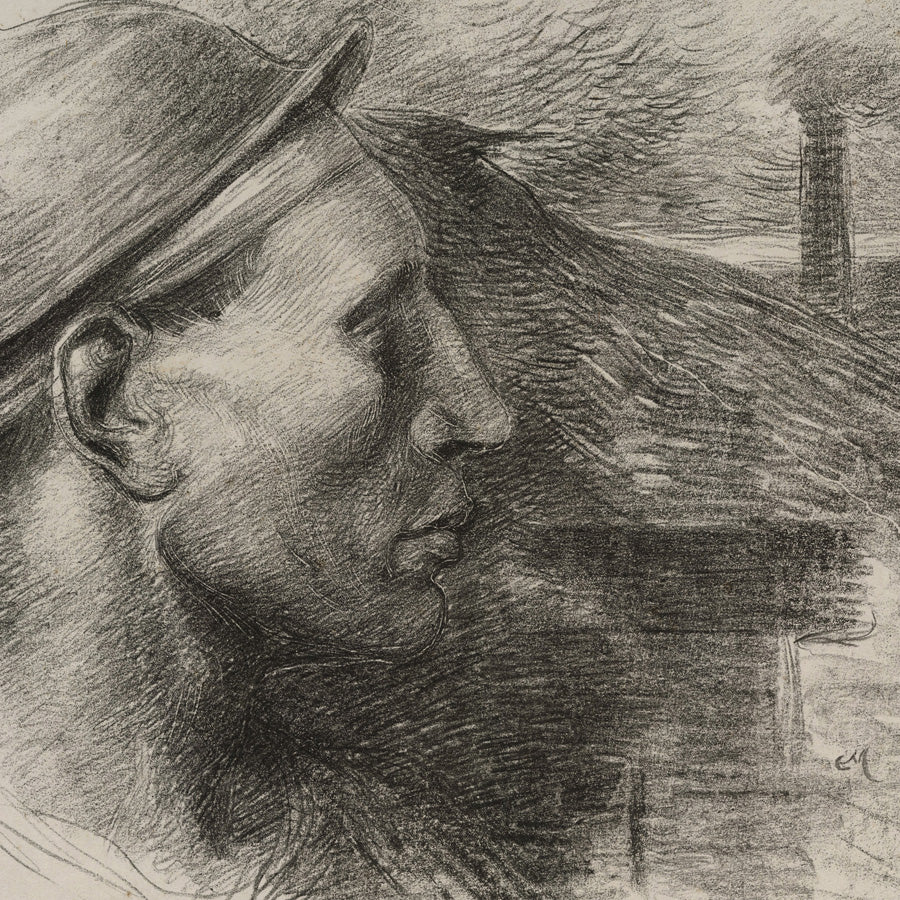
$2,000
Miner’s Head
MEUNIER, Constantin
Tête de Mineur (original French title) Lithograph printed on chine-collé on a thick support sheet.References: Stein & Karshan 47; Boyer & C...
View full details
Tête de Mineur (original French title) Lithograph printed on chine-collé on a thick support sheet.References: Stein & Karshan 47; Boyer & C...
View full detailsPlease sign up for our newsletter
Email: info@armstrongfineart.com
Phone: 773-887-6776
1200 West 35th Street, #186
Chicago, IL 60609
Copyright © 2025 Armstrong Fine Art.
Development by Alo Agency. Powered by Shopify
